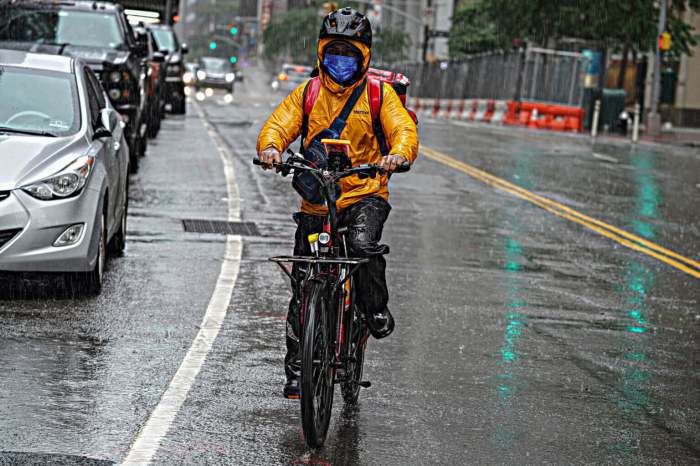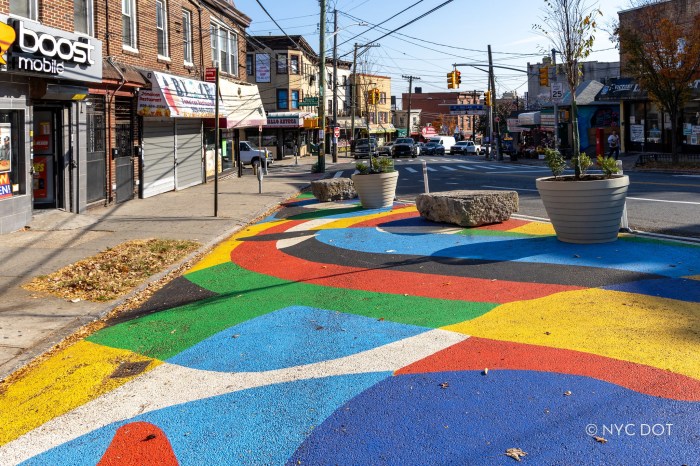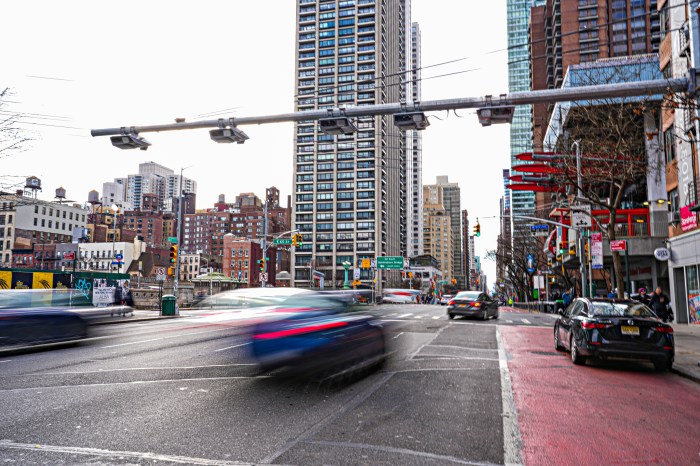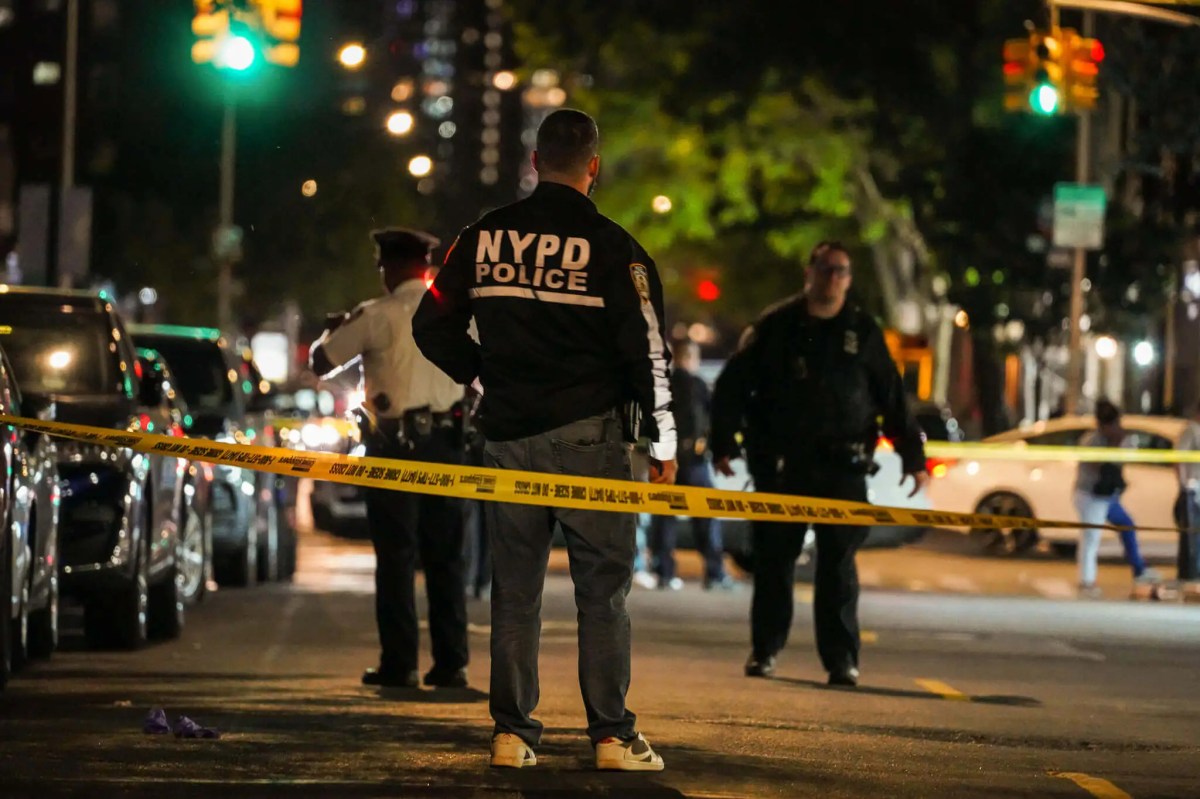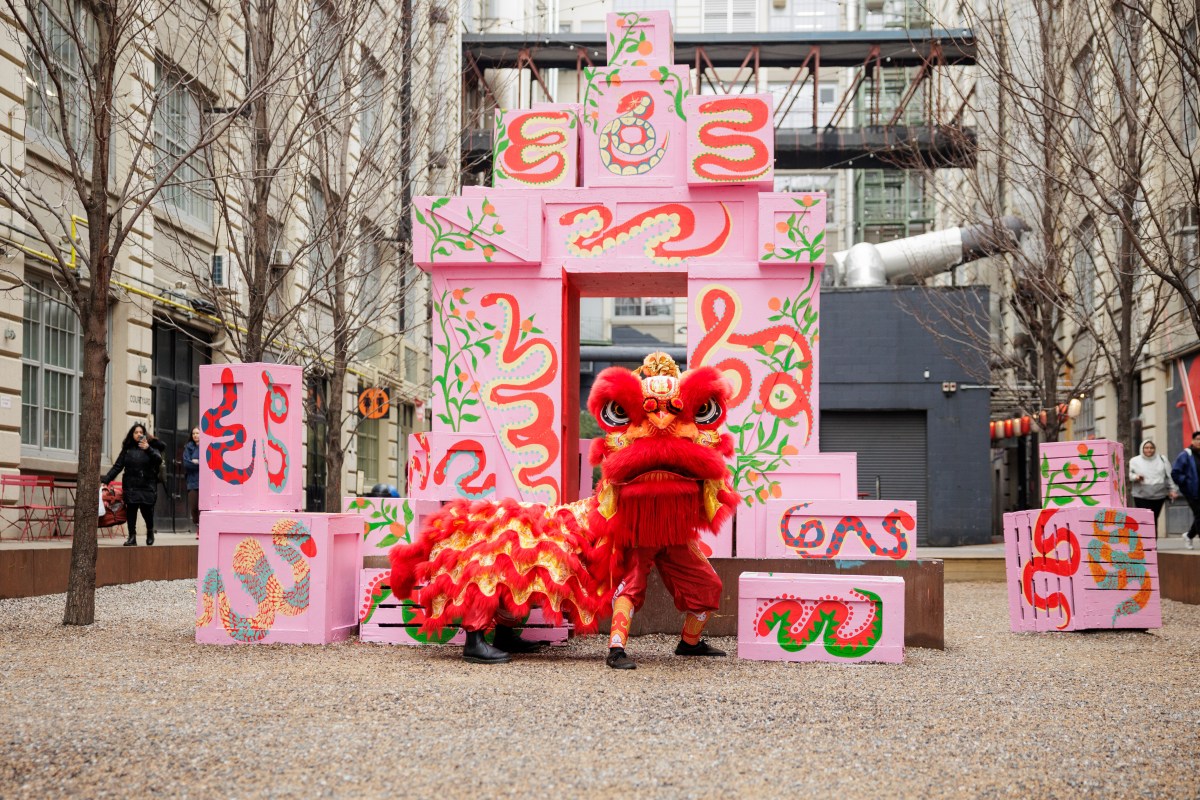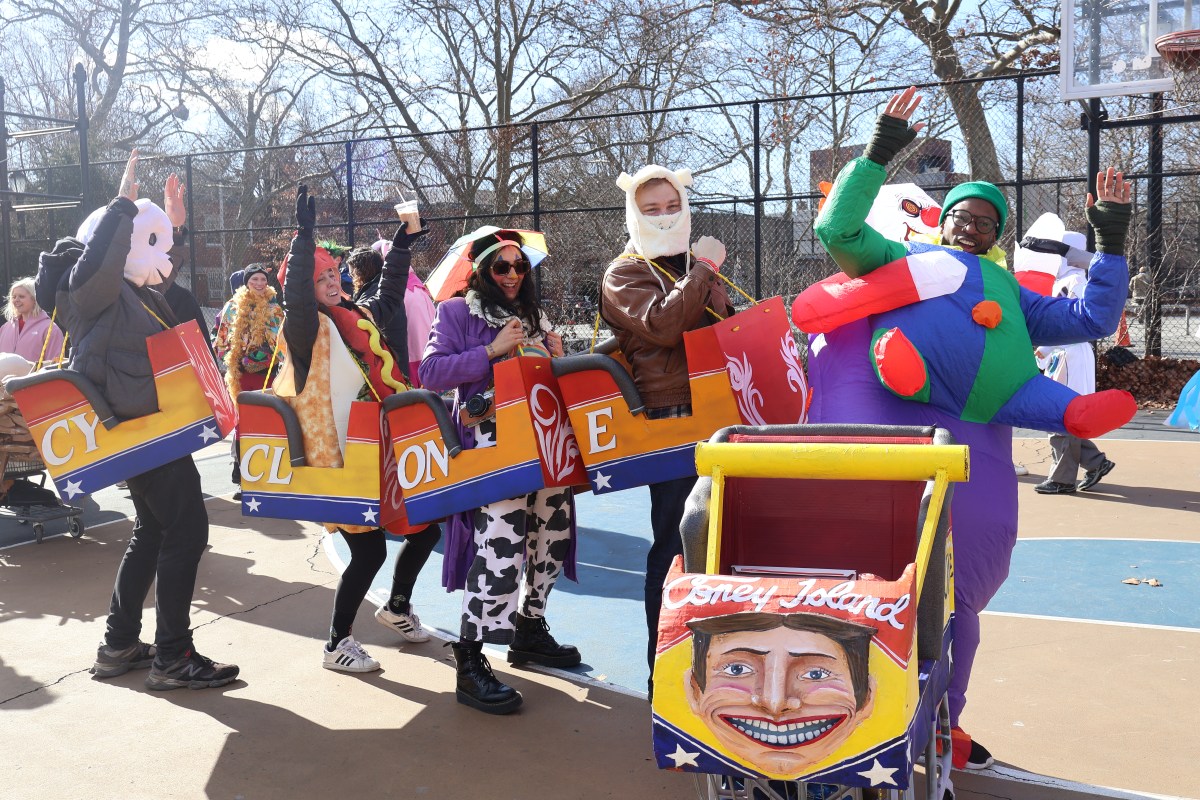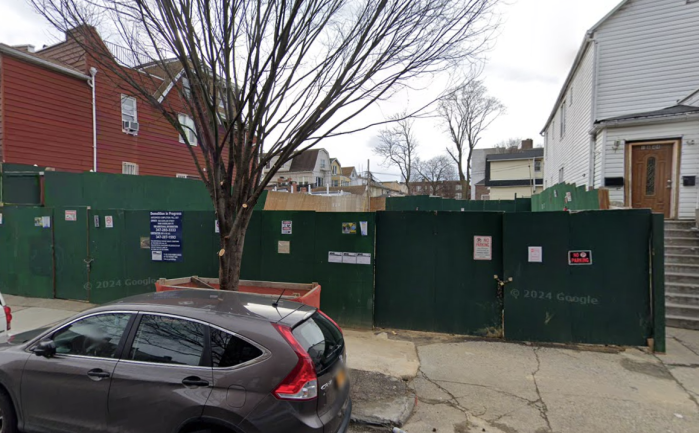
The state’s legislative calendar is winding to a close without any action on bus lane enforcement.
With 13 days left in the State Legislature’s session, Queens lawmakers and bus advocates rallied Thursday behind a bill that would expand the use of automated enforcement cameras across the city. They argued the cameras, which automatically issue violations, deter vehicles from improperly driving in or parking in bus-only lanes. The current program allows the MTA and the city to operate cameras at a limited number of intersections — along no more than 16 bus routes — and is slated to expire in September 2020.
“Bus lanes don’t work if people are driving in the bus lanes and especially if they’re double parking in the bus lane — we see it happen all the time,” said Nick Sifuentes, executive director of the Tri-State Transportation Campaign. “[Enforcement] is the linchpin in making sure the lanes work at all.”
Camera enforcement has sped up buses by as much as 17 percent on a section of Fifth Avenue in Manhattan and 30 percent near the Manhattan approach of the Hugh L. Carey Tunnel, according to the MTA.

Proponents of the cameras said the state should fast-track legislation sponsored by Queens Assemb. Nily Rozic, which would allow installing cameras on any intersection of all bus lanes across the city and remove any expiration date associated with them. State representatives in equally bus-dependent parts of Queens, like Assemb. David Weprin and Sens. Toby Ann Stavisky and John Liu, backed the bill.
“We want to make transit much more attractive to people,” Liu said. “And getting the buses to move quicker is clearly going to get more people onto buses.”
Gov. Andrew M. Cuomo had included an identical bus lane camera expansion plan in his executive budget, but it was dropped from his final budget. An administration official said the Legislature would not engage on the issue during the negotiation process.
The enforcement program could expire just as congestion pricing takes effect in Manhattan. Rozic said it is critical that bus service be as robust as possible, so Queens residents have an easier time ditching their cars and avoiding tolls, which are slated to increase.
“Generally, we tried to remove public policy out of the state budget because we felt strongly that we could introduce our own piece of legislation … and get that through the legislature,” Rozic said.
A spokeswoman for Assembly Speaker Carl Heastie said in an email that the speaker looks forward to discussing the bill with members.
Carolina Rodriguez, a spokeswoman for the Senate Democratic Majority Conference, said in a statement that “improving the reliability, accessibility and safety of our transit systems has been a top priority of the Senate Majority.”
“We will review this bill as a Conference,” Rodriguez added, “as part of our transportation legislative agenda.”



